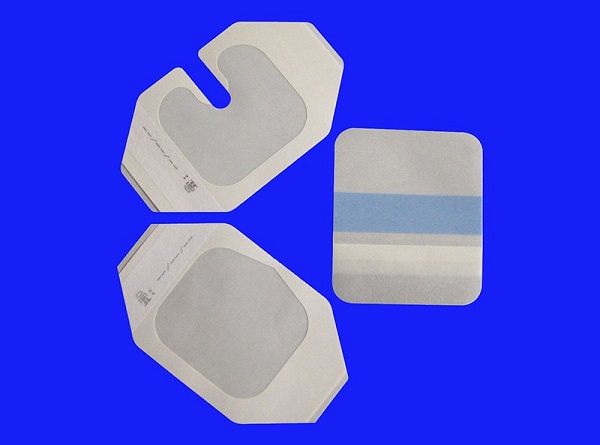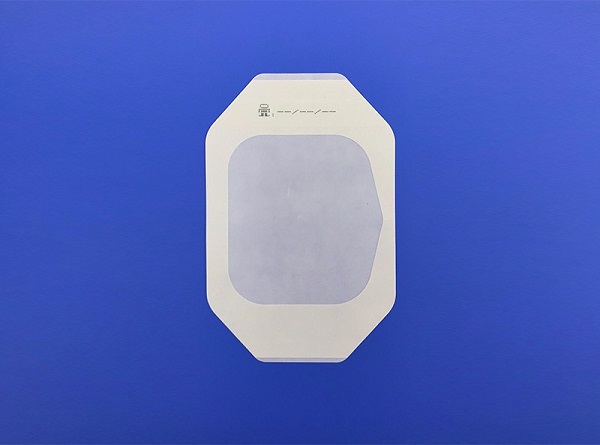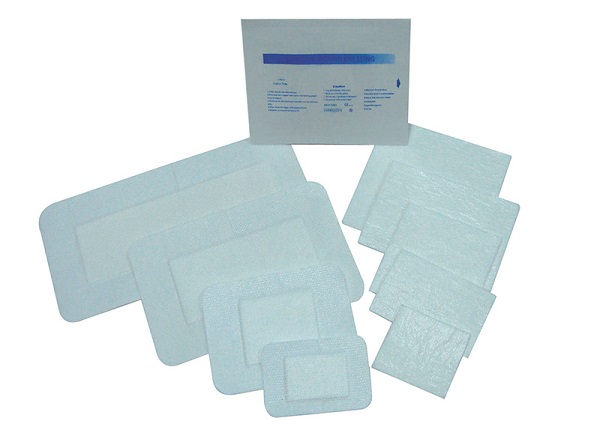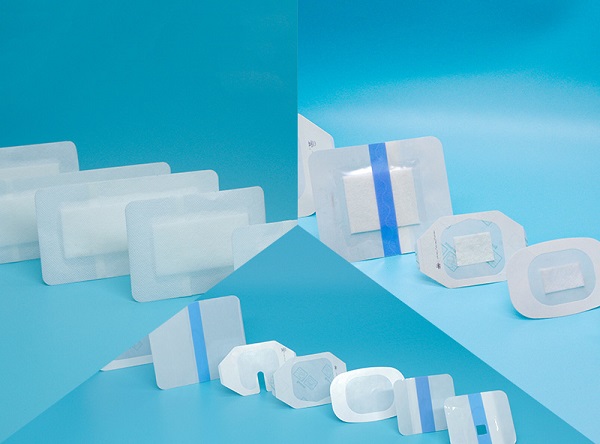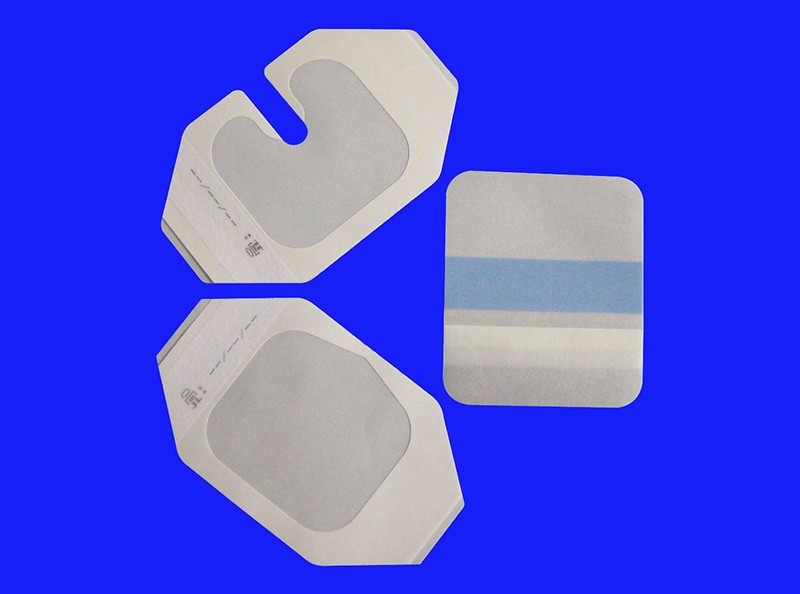What Are the Best Practices for Storing Wound Dressing Plaster
05/11/2024
Wound dressing plaster in the modern medical field has provided tremendous convenience in wound care. There are many new forms of wound care dressings. With further development in technology, elastic wound dressing and transparent IV dressing also appear, which play important roles in different wound care scenarios. Therefore, how to store wound healing plaster is the best? If not stored appropriately, the performance lifetime may decrease decreasing the efficacy of wound care. As such, knowing how to store them properly is important.
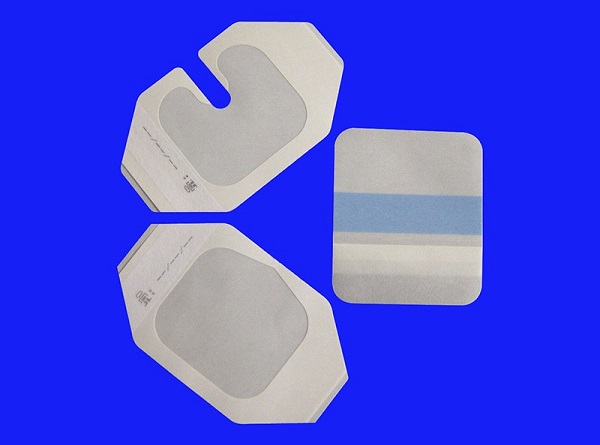
1. Temperature control
Keep the wound dressing plaster at the right temperature. With ideal storage conditions, it is advisable to store at room temperature between 15 ℃ and 25 ℃. Higher temperatures can cause the dressing to lower its viscosity and the material to deteriorate; colder temperatures can make hardness of the dressing or make it more brittle, reducing its efficiency. For example, in the hot summer, if we put a wound dressing plaster on a place that is directly exposed to sunlight, its performance may be affected. This means you should avoid storing it outside or in an unheated warehouse during the cold winter.
2. Humidity control
The humidity is also an essential factor influencing the good storage of the bandages and plaster. Ideally, storage humidity is 30% — 70%. Too much humidity could get your dressing wet and bacterial, thus reducing its sterility. Conversely, if the humidity is too low, this can make your dressing dry out and lose its stickiness. A dehumidifier or humidifier will help control humidity in the storage environment. Meanwhile, it is advisable not to leave the wound dressing plaster in humid places such as bathrooms and basements.
3. Moisture prevention measures
To ensure that the wound dressing plaster does not get damp during storage, some moisture-proof measures need to be taken. Firstly, sealed bags or containers can be used to store dressings. Before placing the dressing into a sealed bag or container, ensure that its surface is dry and free of moisture residue. Secondly, desiccants such as silica gel desiccants can be placed in sealed bags or containers to absorb moisture from the air. In addition, it is necessary to avoid contact between the wound dressing plaster and water or other liquids to prevent moisture.
4. Avoid direct sunlight
The ultraviolet rays in sunlight may have adverse effects on the material of wound dressing plaster, reducing its performance and shelf life. Therefore, dressings should be stored in a cool and dark place, avoiding direct sunlight. You can choose to store it in a cabinet, drawer, or dedicated storage box.
5. Classified storage
If multiple types of wound dressings are stored simultaneously, such as wound dressings plaster, elastic wound dressings, and transparent IV dressings, they should be classified and stored. This can avoid the mutual influence of different types of dressings, and also facilitate the search and use. Different sealed bags or containers can be used to store different types of dressings separately, and the name and expiration date of the dressings can be indicated on them.
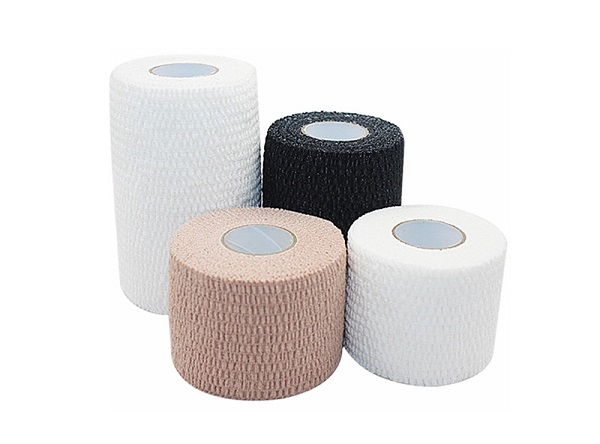
In short, the correct storage method is crucial for the performance and shelf life of wound dressing plaster. By controlling temperature and humidity, taking moisture-proof measures, avoiding direct sunlight, and storing in a classified manner, it is possible to ensure that the wound dressing plaster remains in the best condition before use and extends its shelf life.
If you need high-quality wound dressing plaster, Bettering is your most reliable choice. Bettering is committed to providing high-quality wound dressing products, strictly controlling product quality, and ensuring that every piece of wound dressing plaster meets high medical standards. At the same time, Bettering also provides professional after-sales service, offering comprehensive support for your wound care.
